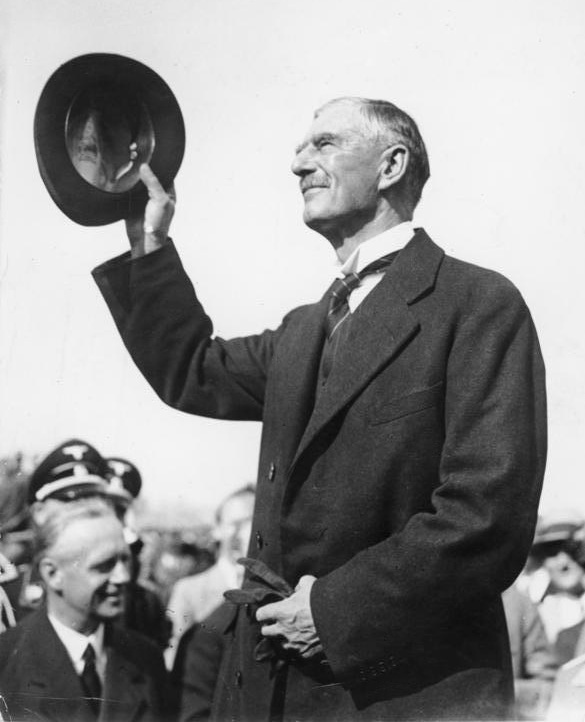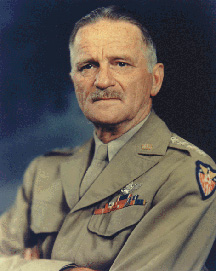Germany surrendered unconditionally to the Allies 70 years ago on May 7, ending World War II in Europe. Germany’s abject defeat could be ascribed, in part, to the ferocious Allied bombing campaign of its homeland and industrial heartland.
Britain and the United States bombed German cities mercilessly, working on the assumption that the air raids would weaken Germany and turn the tide of the war. The Allies’ strategy was underpinned by the hypothesis that the bombings would profoundly affect the production of war materiel and undermine civilian morale.
In retrospect, the bombings were not as effective as the Allies had hoped, but they definitely undermined the German war effort and contributed to the Allied victory, writes Richard Overy in The Bombers and the Bombed: Allied Air War Over Europe, 1940-1945, published by Viking.
Air power assumed an important place in Allied strategic planning even before the outbreak of war. As Overy — a professor of history at Exeter University — says, “The most distinctive feature of bomber operations was the capacity of aircraft to penetrate enemy airspace and to inflict damage on the domestic economy, military capability and population. No other service could project power in this way, so by default the bomber became the supreme instrument for waging … total war.”
On the first day of hostilities, U.S. President Franklin Roosevelt appealed to major European powers to abstain from attacking civilians and unfortified cities. Adolf Hitler, the German chancellor, issued an assurance that only military objectives would be targeted. British Prime Minister Neville Chamberlain made a similar promise.
The rationale behind these pledges was clear, according to Overy. Indiscriminate bombing was regarded as “a hallmark of barbarism,” whereas self-restraint was a feature civilized behavior.

Of course, neither side abided by their promises.
German aircraft strafed and bombed Polish civilians from the first day of the war, which broke out on September 1, 1939. Following Germany’s invasion of Holland on May 11, 1940, Britain attacked industrial and transport sites in the Rhineland. During the subsequent Battle of Britain, the German air force bombed a succession of British cities, and Britain retaliated.
In 1943, Britain landed the hardest blow yet, firebombing Hamburg in Operation Gemorrah. Sixty one percent of its homes and apartments were destroyed and 37,000 people were killed, in the single largest loss of civilian life in one city.
The much-maligned Allied bombing of Dresden in 1945 was not as devastating, notwithstanding claims by Nazi Propaganda Minister Joseph Goebbels that 250,000 people had been killed. The real figure was about 25,000.
Berlin was the German city most heavily bombed. Allied planes dropped 68,285 tons of bombs on the German capital, followed by Cologne (48,014 tons), Hamburg (38,319), Essen (38,852) and Duisburg (30,535).

The U.S. Eighth and Fifteenth air forces and British Bomber Command dropped three-quarters of their bombs on Germany from September 1944 to May 1945, Overy says.
Nonetheless, Germany managed to maintain industrial production and food supply until the very last weeks of the war. Due to Nazi antisemitic laws, German Jews were ineligible for compensation payments if their homes or properties were bombed. This issue was rendered moot when the first batch of Jews was sent eastward in October 1941. By his estimate, 115,000 German Jews suffered this fate.
In his book, Overy also discusses the demands that were placed on Allied flight crews, whose members usually ranged in age from 18 to 25. Cold and tired much of the time, they were always in fear of being shot down and killed.
“Most crew on a tour of 25 or 30 operations died before they reached their total,” says Overy. “Of those who survived, a small proportion became medical casualties as a result of stress.” He adds, “American psychiatrists reported heavy drinking, psychosomatic disorders and long periods of depression.”
Overy’s observations on the Allies’ refusal to bomb the Auschwitz-Birkenau concentration camp, or the railway lines leading to it, are telling.
The Polish government-in-exile in Britain invited the Royal Air Force to bomb Auschwitz in January 1941, but the commander-in-chief of Bomber Command, Richard Peirse, balked. “The next time the RAF was asked to bomb Auschwitz was in July 1944, when it was no longer a prisoner-of-war camp, but the center for the mass murder of European Jews,” says Overy.

The request was relayed to Anthony Eden — the British foreign minister — from Chaim Weizmann, the head of the World Zionist Organization. The prime minister, Winston Churchill, was supportive, but the RAF squelched the idea. Carl Spaatz, the commander of the U.S. air force, was sympathetic, but noted that nothing could be done without better photographic intelligence. The U.S. secretary of war, John McCloy, rejected the request.
Nonetheless, the U.S. Fifteenth Air Force bombed Auschwitz’s sub-camp, Monowitz, where the I.G. Farben chemical company maintained a plant. Four such raids took place between August and December, causing a measure of damage and resulting in the loss of six planes.
“The raids showed that operations over Auschwitz were indeed feasible,” concludes Overy in this comprehensive volume.
